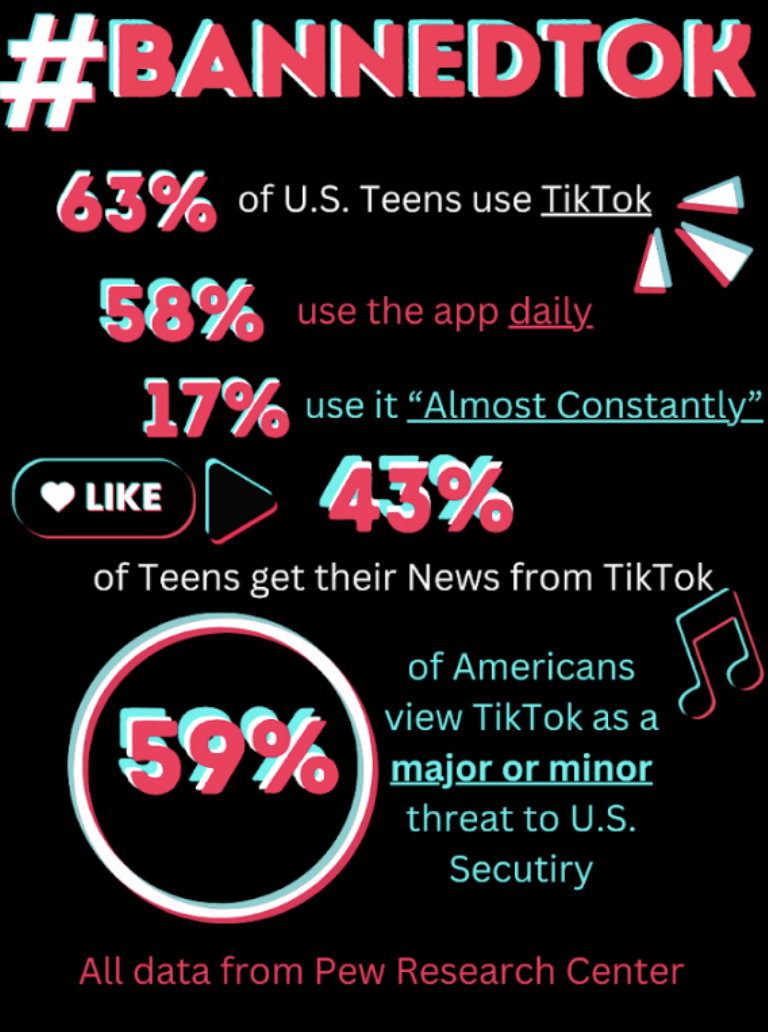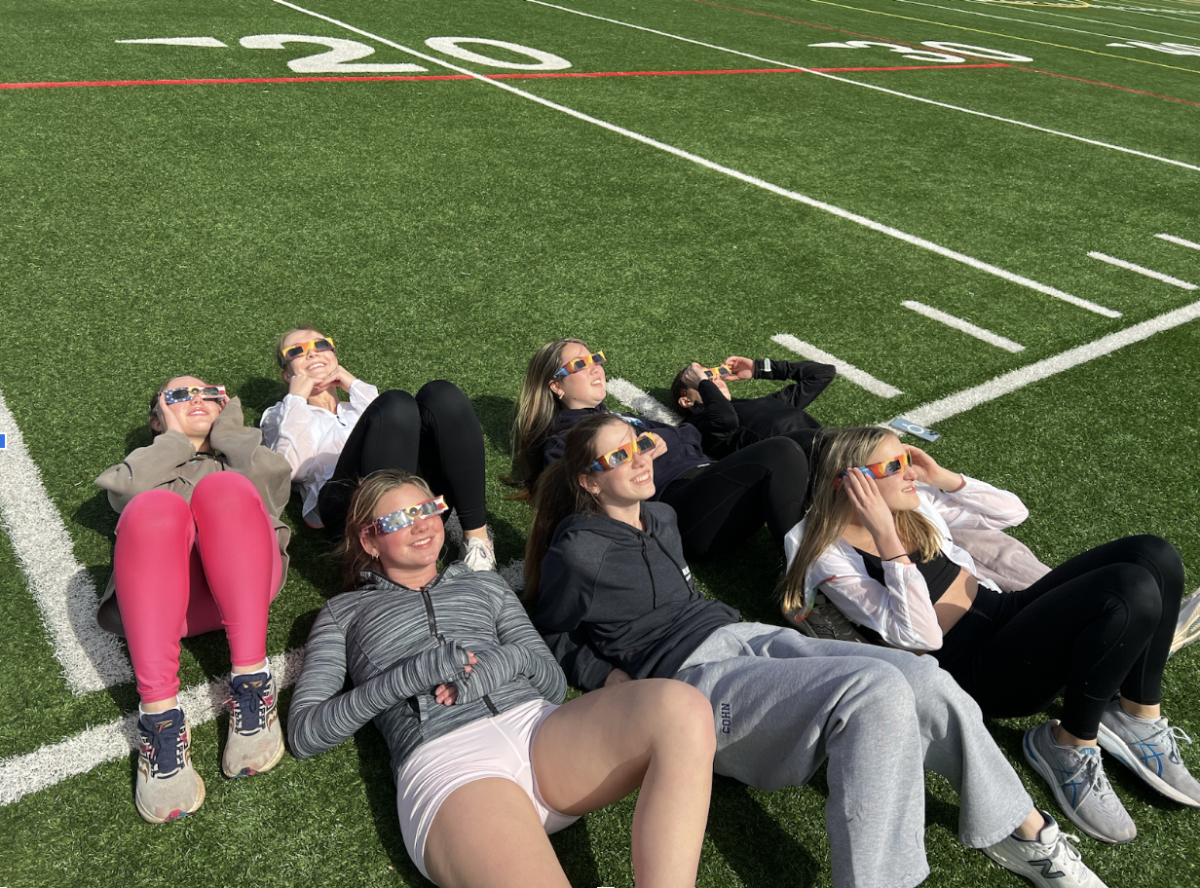It began at a story generation meeting with co-editors, in early 1983.
One Andrea Callow, then 16 and a junior at Hazelwood East High School in a suburb of St. Louis, Missouri, was the idealistic high school reporter. Encouraged by her progressive journalism adviser to write socially-controversial stories and to uncover stories that had been pushed aside by her school’s community, she and the members of her student newspaper, The Spectrum, wanted to do something big.
“We were kind of done with covering the football game and talking about the next dance. We thought there were some real issues that our peers were dealing with,” Callow said. “We noticed that there were girls around campus that weren’t just getting fat—they were getting pregnant. People’s parents were divorcing, some had siblings that were getting into drugs, and we thought these were issues that needed to be reported.”
Callow volunteered to write the story about teen pregnancy. What ensued was a series of articles about socially-relevant topics, including runaway students, teen marriage and divorcing families. Callow and her staff were proud of their work, and when publication day came, they couldn’t wait to see the stories that were truly reflective of the environment they were living in.
However, when they opened the paper up that day, the spread was missing. The immediate reaction was to run to Principal Reynolds.
“We all went down there, and he, in a very paternalistic way, told us, ‘I don’t think they were appropriate, and it’s my decision, and you kids don’t really know what you’re doing,’” Callow said.
Essentially, for Principal Reynolds, the reality of their reporting was frightening. Their newspaper had never been censored in recent memory.
They got together as a group to discuss what to do next, and someone suggested they go to the American Civil Liberties Union, a national organization that advocates for individual rights.
“That afternoon, we all went down there, and I remember us piling into the office; of one of the volunteer attorneys, that’s where it all began,” Callow said.
The lawyer informed them of their rights as journalist, and said they felt that their case had a strong basis. The staff chose the editor at that time, Cathy Kuhlmeier, to be the lead plaintiff.
Callow stayed involved in the case until she graduated from Hazelwood East, and during her time atUniversityofMissouri, she was always informed of the case’s progression, which had made its way to the U.S. Supreme Court by the time she was a senior.
The Supreme Court, however, ruled in favor of the school district, despite the implications that it limited free speech and press in schools. They concluded that the First Amendment does not prevent school officials from having authority over what is in school-sponsored publications.
To this day, officials have control over the publications and can keep out material deemed to be inappropriate for the student body. The decision in Hazelwood vs. Kuhlmeier sets the precedent for high school press and plays a significant role in the lives of high school journalists.
“If I had the option to go back and do it all over again, I wouldn’t change anything. It was an overwhelming experience, but I think it was important, and I hope it made a difference,” Callow said.
Even though the court sided with the school district, the attention drawn from the case has provided a good deal to high school press. “If it wasn’t Hazelwood East, it would have been another school. I’m glad it happened because it raised awareness and got people to start talking about challenging the norms of high school journalism,” Callow said.
Now, as a parent, Callow does see a line to be drawn where things become too inappropriate.
“I think a little differently about the topics I’d like to see in the school newspaper. I think socially-relevant topics like sexuality, drug use, abstinence and others are things that need to be talked about because high school is when a lot of these things come up,” Callow said. “It’s difficult to remember how I thought about things as a 16-year-old reporter now being a 45-year-old mom.”
The most important thing to do to protect freedom of speech and press, according to Callow, is to maintain an open and consistent dialogue with the school’s administration.
“I never had another conversation about what occurred with Principal Reynolds after what happened at Hazelwood East,” Callow said. “I think it’s important to have discussions with the administration of your school and allow for that dialogue to take place.”












































